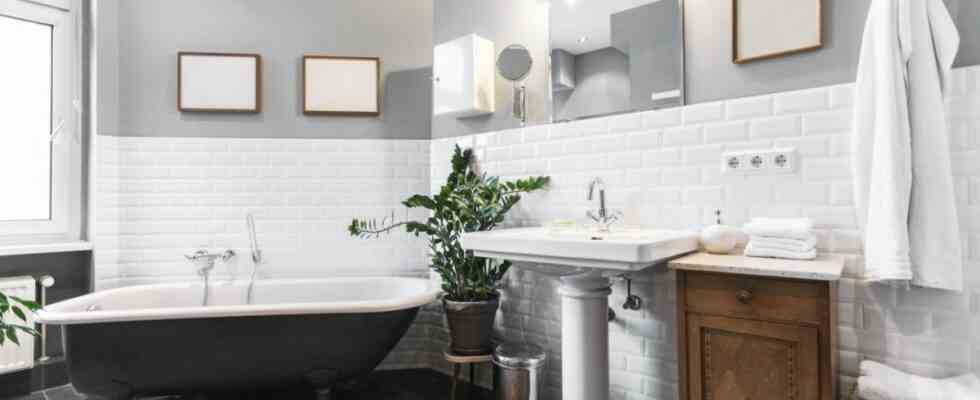You don’t just find out how a nation ticks through typical national food or certain customs, but also when you go to the toilet. At least that’s how the Slovenian philosopher Slavoj Žižek, known for his bold theses, sees it. Žižek is convinced that the respective cultural identity is also reflected in the sanitary area. In France, for example, the drainpipe of the toilet bowl is traditionally located at the very back, so that the excrement disappears immediately, even before you flush. According to Žižek, they are not treated differently than opponents of the French Revolution: get rid of them.
In Anglo-Saxon countries, on the other hand, the toilet is full of water, so that the remains are briefly visible but cannot be inspected more closely. And in Germany? With the traditional flat dishwashers, which are now out of fashion, the hole is in the front and the shelf is in the back. This enables a precise assessment of one’s own excretions, looking for any irregularities. For the philosopher it is clear: This is it, German self-reflection.
Of course, you can think what you want of Žižek’s toilet theories. What is certain, however, is that toilets and bathrooms in general say a lot about the people who use them. “The bathroom is definitely going in the direction of individualization,” says someone who should know: designer Torsten Müller. He designed the bathrooms of many penthouses. Müller is mainly active in the luxury segment, but certain trends can be observed everywhere. The bathroom is taking on a homely character and is increasingly becoming a place of relaxation and recreation, where people linger longer than before, says Müller.
“The bathroom is the room whose concept has changed the most in recent years.”
Bathrooms are getting bigger, natural materials like wood and stone are becoming more popular, there are new color combinations, spa elements are becoming more important. There is also intelligent LED lighting that adapts to the needs of the residents. Daily hygiene has long been described as a “ritual” in advertising brochures, and some bathroom manufacturers are already tempting people with the prospect of enjoying a cup of tea and reading in the evening on the edge of the tub, of all places, between the toilet, indoor plants and lots of candles.
That was not always so. “The bathroom is the room whose concept has changed the most in recent years,” says designer Müller. In the past mainly functional, today it is cozy and visually beautiful. Trend researcher Frank Reinhardt confirms this: “The bathroom has become a lifestyle room,” he says. In order to get more free space, a pre-wall is often installed nowadays that creates storage space and hides unsightly pipes, the cistern and the toilet brush also disappear in it. “This gives you more space to decorate,” says Reinhardt.
This does not mean that functionality is sacrificed – on the contrary. Smart toilets like the “washlets” that are common in Japan, toilets with built-in bidets, are slowly spreading in Germany too. Reinhardt also observes that here, too, more and more people are focusing on sustainability.
How was it before? In ancient times, bathing was public, for example in Arabic and Turkish hammams. In ancient Greece and in ancient Rome, too, the bathroom was a place intended for personal hygiene, but also for communication. Negotiations, discussions and even politics were made here. Even the toilets were public, they were called latrines and didn’t even have partitions. The fall of the Roman Empire initially brought about the end of the bathing culture in the West, until it was brought back from the Orient a few centuries later by the Crusaders and disappeared again after the outbreak of plague and syphilis epidemics.
More than half of the world’s population lives without a toilet
Anyone who had to relieve themselves used a chamber pot: private toilets were a rarity and not tolerated everywhere. The painter Albrecht Dürer, for example, secretly installed a kind of toilet cubicle in his kitchen and got into trouble with the city of Nuremberg as a result. In the 18th and 19th centuries, the old bathing culture experienced a renaissance, with Germany’s first bathing and laundromat opening in Hamburg in 1855. With the proliferation of private bathrooms over the past century, the bathroom has shifted from a public space to a private space.
What many like to hide: Having your own sanitary area is still anything but a matter of course. Only half of the world’s population has access to a safe, clean, and sewer-connected toilet. This has serious consequences: Poor hygiene conditions and dirty drinking water trigger dangerous diseases such as cholera and typhus, which lead to high child mortality.

